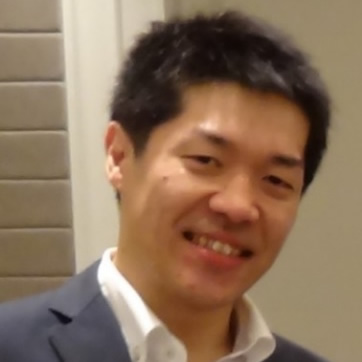Presented at NZ Hydrological Society Technical Workshop 17-20 March 2020
Abstract
The space-time image velocimetry (STIV) technique is one of the image-based techniques for measuring water surface velocity by video images. We developed the software called “Hydro-STIV”, which was totally redesigned from the previous “KU-STIV” version. It provides user-friendly interfaces and accurate estimation of river flow rate based on the STIV method. STIV technique applying Deep Learning is implemented in Hydro-STIV, which enable more robust estimation than the conventional one. For example, video images under bad image acquiring conditions such as raindrops attached to the lens can also be analysed without manual parameter tuning. Hydro-STIV would become a very useful tool when it is used as a river flow rate monitoring system because highly required robustness is achieved in the new software.
We are going to introduce Hydro-STIV and show its robust estimation with Deep Learning.
Author bio

Ken Watanabe is the chief engineer of science and technology department of Hydro Technology Institute Co.,Ltd., which is a Japanese company whose main business is professional technology consultancy of numerical analysis and information system.
Following the remarkable advances of machine learning technology in recent years (especially about deep learning), he is engaged in technical development related to the application of deep learning to water engineering and civil engineering.
Recently, in addition to applying deep learning to the STIV method introduced in this presentation (Hydro-STIV development), which is the result of joint research with Professor Fujita, Ken has developed flood prediction models and precipitation prediction models using deep learning, which show better performance than physically based models. They are still being improved.
As a student, Ken was engaged in simulation research on frustrated magnetisms using a supercomputer at Osaka University in Japan. After completing a master course in space and earth science in 2014, engaged in the development and operation of large-scale logistics information system at information technology services company. Ken has been in his current position since 2017.
Machine learning, digital image processing, computational fluid dynamics, optimization problems, and HPC (High Performance Computing) are his main interests of technological research and development.
Presenter bio
Presentation
To watch the video, you will need your AHA member password sent to members by email

